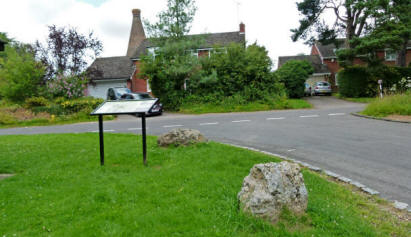New 139 bus timetable from 3rd September and withdrawal of Sunday service
Route 139/X38
Please tell your neighbours who may not have access to email
The 0645 journey from Wallingford and 0713 journey from Henley will be withdrawn.
On school days the first journey to Henley will now start in Oxford and operate as service X38 to Henley. The X38 will follow the same route as the X39/X40 from Oxford, St Aldates to Wallingford. From Wallingford buses will operate via Winterbrook and CABI and then to Crowmarsh roundabout before following the 139 route to Henley.
On school days the 1630 from Henley will now operate as service X38 to Wallingford and will operate in the opposite direction to as described above. The bus will then continue to Oxford as service X40. Passengers may remain on the bus and through fares will be available.
At the request of Henley College, due to congestion outside the college, buses at college times will no longer serve Deanfield Avenue but instead serve Hart Street.
The Sunday 139B service will no longer operate...

